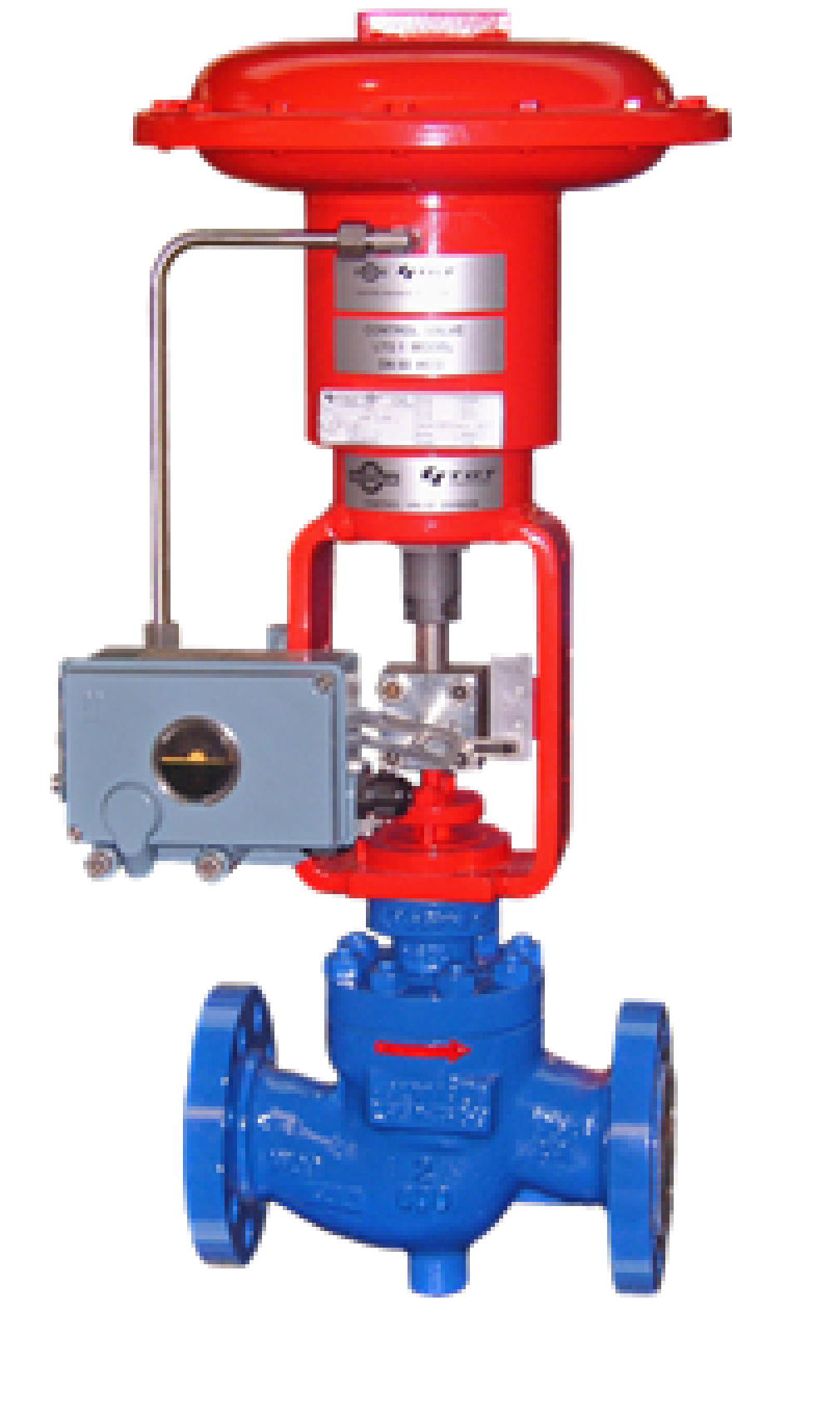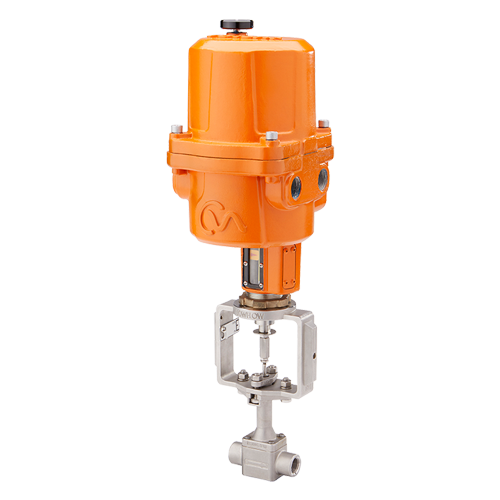Selecting the Right Control Valves: An Overview to Ideal System Performance
Selecting the Right Control Valves: An Overview to Ideal System Performance
Blog Article
Achieve Seamless Assimilation and Control With High Quality Building Automation Controls
In the realm of modern-day building management, the significance of top quality building automation controls can not be overstated. As technology remains to development, the combination and control of different systems within a building have developed to be extra innovative and reliable. The smooth operation and monitoring of lights, A/C, safety, and other structure features have become vital for boosting passenger convenience, power performance, and overall operational performance. Nevertheless, the journey towards achieving real integration and control is a complex one, with factors to consider varying from system compatibility to cybersecurity. Embracing top quality structure automation controls is not merely a matter of comfort however a critical necessary for companies intending to optimize their centers' efficiency and sustainability.

Advancement of Building Automation Controls
Throughout the past few years, the evolution of developing automation controls has dramatically changed the method buildings are taken care of and operated. At first, developing automation systems largely focused on basic features such as controlling home heating, ventilation, and air conditioning (COOLING AND HEATING) systems. Nonetheless, as innovation advanced, these controls have become much more sophisticated, enabling a larger series of structure systems to be integrated and managed centrally.
The development of developing automation controls has actually seen a change towards more smart systems that can adjust to changing problems in real-time. This flexibility is critical for enhancing energy efficiency and guaranteeing passenger comfort. Furthermore, contemporary building automation controls currently offer features such as predictive upkeep, remote monitoring, and information analytics, allowing facility supervisors to make data-driven choices to enhance building efficiency.

Benefits of Top Quality Integration
The innovation in building automation regulates towards even more smart systems has actually highlighted the substantial benefits of top quality integration in maximizing building procedures and enhancing general performance. Quality assimilation of constructing automation controls offers several essential advantages. It leads to improved power performance by enabling different systems to work together seamlessly, making sure ideal performance and reducing energy wastage. Second of all, quality integration enhances owner convenience and productivity by enabling personalized control over ecological setups like lighting, air, and temperature high quality. This customization can lead to an extra conducive and comfortable working or living setting. In addition, quality assimilation streamlines upkeep and repairing processes, as all systems are adjoined and can be kept an eye on and regulated from a central user interface. This centralized control likewise offers far better exposure and insights into building efficiency, allowing proactive maintenance and optimization approaches. In general, the advantages of top quality integration in structure automation controls are obvious, using increased efficiency, convenience, and functional effectiveness.
Improved User Experience and Ease Of Access
Enhancing individual interaction with building automation regulates with intuitive design and enhanced availability raises the total experience for occupants and facility supervisors alike. By concentrating on user experience, constructing automation systems can end up being extra effective and user-friendly. User-friendly interfaces, clear navigation, and customizable setups equip individuals to engage with the controls easily and effectively.
Ease of access features play a crucial role in making certain that all people, consisting of those with specials needs, can make use of the structure automation regulates easily. Integrating features such as voice commands, responsive buttons, and color-contrasted display screens can boost availability and make the controls more comprehensive.
Furthermore, boosted user experience results in greater customer contentment, boosted productivity, and far better decision-making. Owners can adjust ecological settings according to their preferences, while facility managers can effectively keep track of and manage building systems - control valves. In general, prioritizing customer experience and accessibility in building automation regulates contributes to an extra effective and smooth building environment for all stakeholders entailed
Sustainable Practices Through Automation

In addition, automation can facilitate the combination of renewable resource sources such as photovoltaic panels or wind generators into structure operations. By automatically readjusting energy usage based on the availability of eco-friendly energy, buildings can additionally minimize their reliance on non-renewable resources. This seamless combination of lasting practices not only benefits the atmosphere yet also improves the overall functional effectiveness and cost-effectiveness of the building. With automation, buildings can straighten with modern sustainability objectives and add to a greener future.
Future Trends in Building Control Solution
In anticipation of advancing modern technologies and developing sustainability techniques, the trajectory of structure control systems is poised to accept innovative solutions and transformative approaches. One noticeable fad forming the future of structure control systems is the raised combination of Artificial Intelligence (AI) and artificial intelligence. These innovations make it possible for structures to adjust in real-time to changing problems, optimizing power usage and enhancing convenience for passengers. Additionally, the Internet of Points (IoT) is reinventing building control systems by attaching tools and sensors to enhance and streamline procedures effectiveness.
An additional key pattern is the focus on cybersecurity measures to secure versus prospective hazards to developing automation systems. As buildings end up being more interconnected, guaranteeing durable cybersecurity methods will be vital to safeguard delicate information and prevent unauthorized access.
Moreover, the shift in the direction of cloud-based platforms is gaining momentum, enabling centralized Continue control and remote access to structure systems. This helps with much easier monitoring, maintenance, and updates, boosting the total performance and versatility of building control systems. As modern technology these details remains to advance, these patterns are expected to shape the future landscape of structure automation controls, driving advancement and sustainability in the built setting.
Final Thought
Finally, building automation controls have actually developed considerably, offering various benefits such as boosted user experience, access, and sustainable techniques. Quality integration plays a key role in achieving seamless control and efficient procedure of structure systems. Future trends in building control systems are most likely to focus on more improving automation abilities for improved energy performance and total performance. It is crucial for structure owners and operators to focus on the adoption of quality building automation regulates to enhance building operations and achieve long-term sustainability objectives.
In the world of modern building management, the significance of high quality building automation controls can not be overemphasized. Generally, the evolution of structure automation controls proceeds to drive innovation in the structure management sector, providing brand-new opportunities for developing smarter and much more lasting buildings.
The development in building automation controls towards even more intelligent systems has highlighted the significant advantages of quality combination in maximizing building procedures and boosting overall effectiveness. Overall, prioritizing recommended you read customer experience and ease of access in structure automation controls contributes to a much more efficient and smooth structure environment for all stakeholders entailed.
It is vital for building proprietors and drivers to prioritize the adoption of high quality structure automation regulates to optimize building operations and accomplish lasting sustainability objectives. - control valves
Report this page